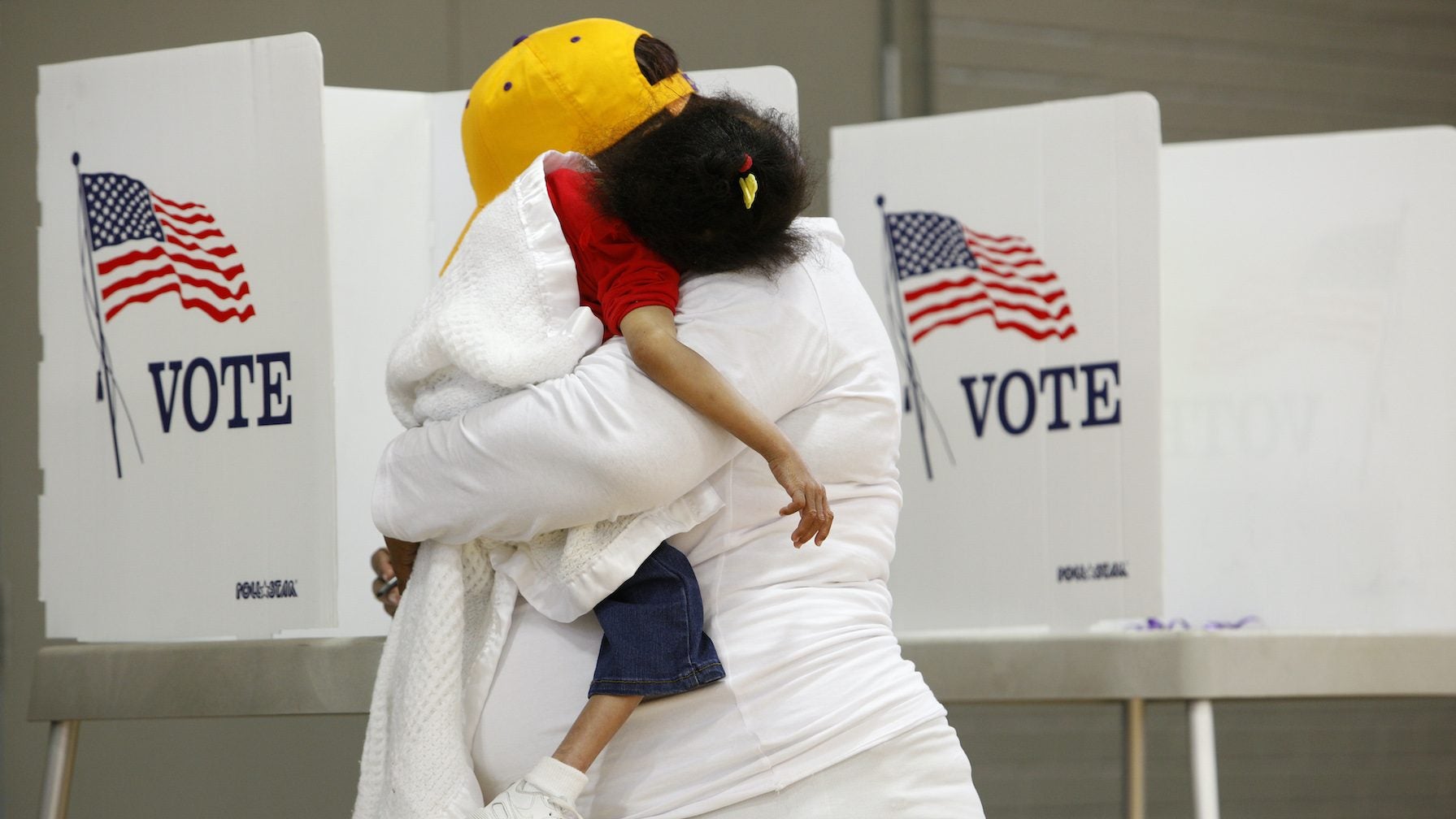Why do so many Americans not know how to vote?
After last week’s US presidential debate, Google searches for election-related queries surged, rising nearly 70% immediately after the end of the live broadcast, according to data from data analytics company SEMrush. Americans wanted to know about the Covid-19 vaccine, about unemployment, and the Supreme Court. But most of all, what they wanted to know was how to vote, and how to register to vote.


After last week’s US presidential debate, Google searches for election-related queries surged, rising nearly 70% immediately after the end of the live broadcast, according to data from data analytics company SEMrush. Americans wanted to know about the Covid-19 vaccine, about unemployment, and the Supreme Court. But most of all, what they wanted to know was how to vote, and how to register to vote.
Are people really googling how to vote less than two weeks before Election Day? They are, and for election experts, it’s not that surprising. Searching for (very basic) voter information this close to the election is quite common, says Whitney Quesenbery, the director of the Center for Civic Design, a non-profit that applies design approaches to streamline voter engagement and the election process.
Voters in the US often cite a lack of information among the reasons they don’t vote and judging from the rates of rejection of absentee ballots, mistakes happen relatively frequently. America’s confusion about how to vote even prompted former president Barack Obama to record a tutorial on casting mail-in ballots.
Still, he questions voters are googling are also probably less broad than they seem. When they search for “how to vote,” voters are likely not looking to learn how to cast a ballot in the voting booth, says Quesenbery. Rather, they are looking to understand the other logistics, such as polling locations for early voting and cutoff dates for mail-in ballots.
The confusion stems from the US having no central authority that runs the election. Rather, 3,141 counties run as many elections, each with specific rules. Election logistics vary quite dramatically from one state to another other, and also within states. Counties have discretion in establishing, for instance, the price of postage for absentee ballot, voting times, and locations, and even some voting options.
New voters need such information, but so do people who have moved to new states or counties, and even those who have voted before but sat out the most recent elections and want to make sure there haven’t been changes, says Quesenbery.
“A little more consistency would be great,” says Quesenbery. Voters would likely feel more confident about their information if, for instance, the whole country had the same voting options, such as absentee, in-person, and early voting; early voting happened on the same days everywhere; and if deadlines for registration or for absentee voting were the same.
These discrepancies are part of what makes voting in the US more challenging than it needs to be, says Quesenbery.
An easy first step would be keeping the terminology consistent. For instance, the writing on the back of the absentee-ballot envelope that has to be signed has different names in different states: voter statement, voter declaration, voter oath, and affidavit. A voter information campaign can’t instruct voters across the country to “remember to sign the affidavit,” because it might be called something else in the state where they live.
Similarly, there is some variation in what states call a ballot sent by mail: mail-in, absentee, absentee voter ballot, or a mail ballot. While they’re just details, these discrepancies create confusion—even for the president—and push more people toward a quick Google search.